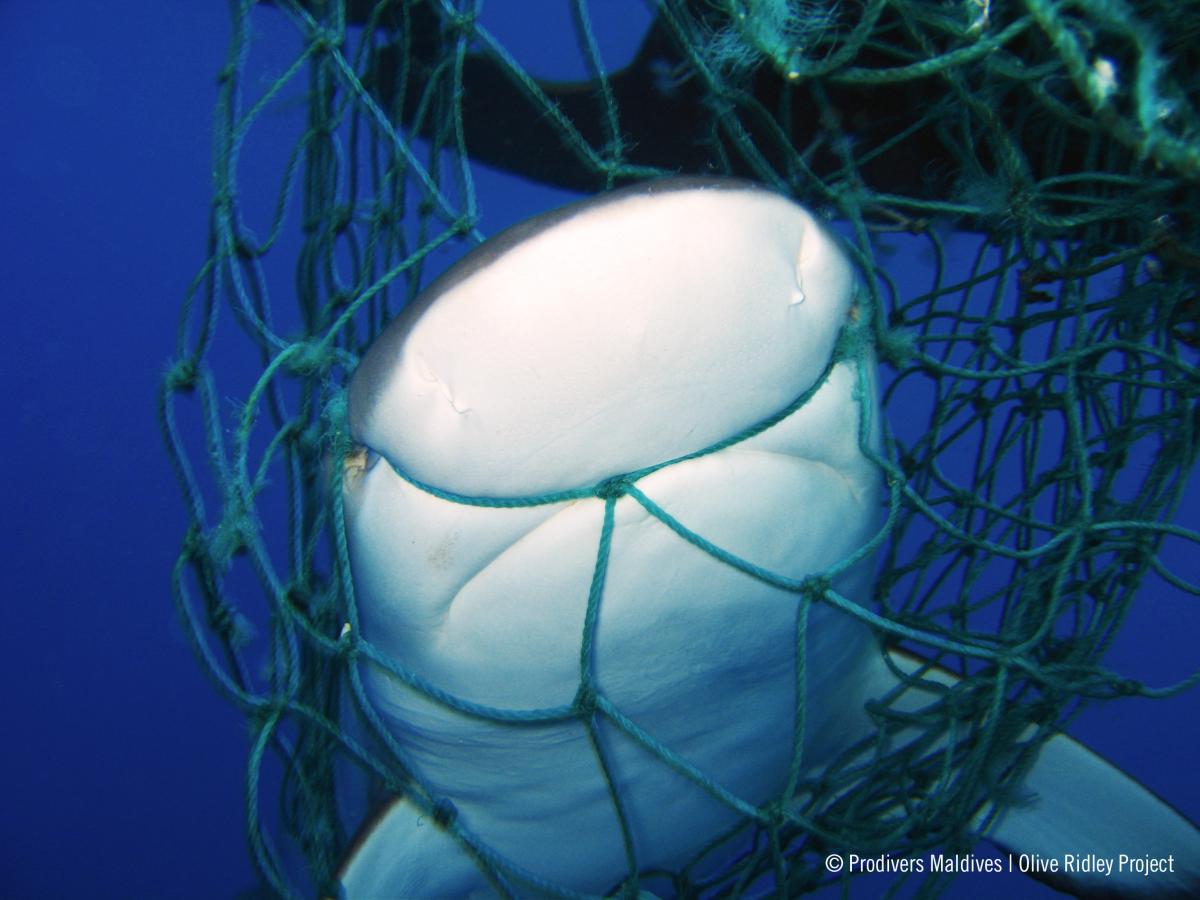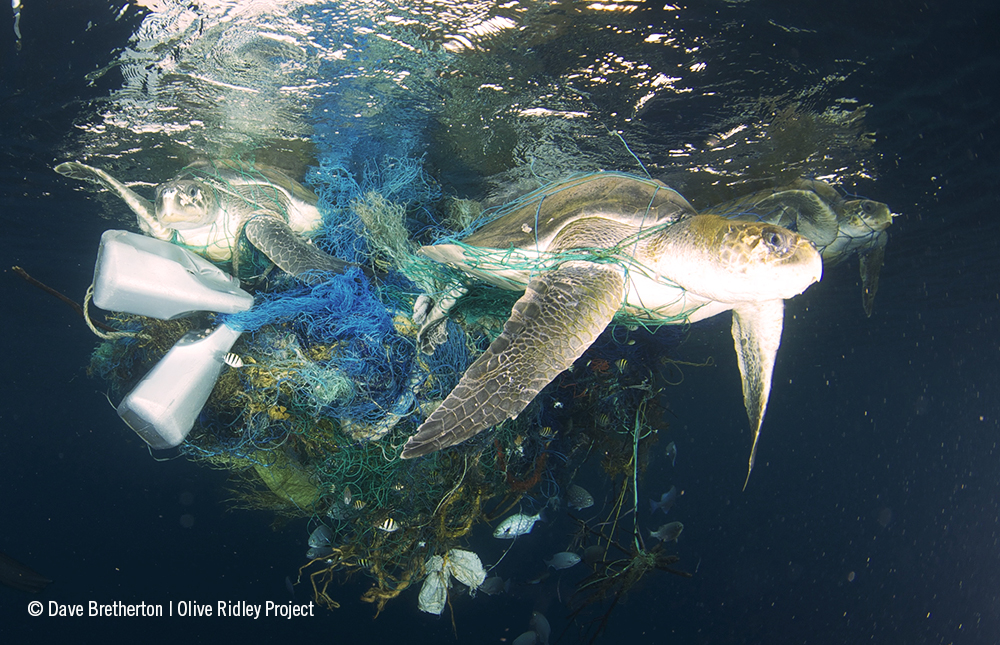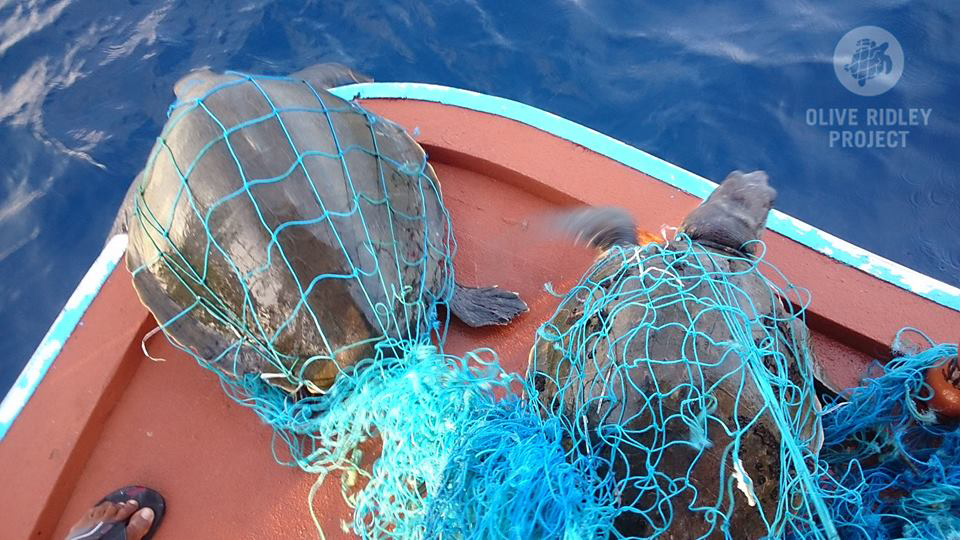Ghost nets: silent killers in the oceans
Across the world’s oceans, a silent menace is threatening a host of marine species. Underwater, unaccounted for and often unseen, these inanimate killers lurk in the oceans, wreaking havoc on marine life.
The threat comes in the form of ‘ghost’ nets – lost, abandoned or discarded fishing nets that are drifting in the ocean currents, ensnaring, harming and killing wildlife.
These floating nets trap other nets, plastic and organic debris, as well as a range of fish, turtles, seabirds and marine mammals.
Predatory species like turtles are lured into the nets by the fish already caught and then become entangled themselves. Often unable to break free from the mesh, they drown or slowly starve to death. The nets are made out of strong plastic-type material and persist in the water for a very long time, killing and killing again.
But the problem has been identified and action is being taken thanks to people like Martin Stelfox. On the Maldivian resort island where he worked as a marine biologist, Martin found an olive ridley turtle entangled in a ghost net, still alive but with its two front flippers missing. Because the Maldives bans the use of fishing nets and olive ridley turtles are a rare sight, the ghost net was obviously from further afield.
Having heard of several other similar finds, Martin decided to act and started a volunteer-based effort – the Olive Ridley Project - to tackle the problem of ghost nets in the Indian Ocean.
In partnership with IUCN Maldives Marine, the project organises and trains volunteers to look for and report ghost nets, to rescue entangled wildlife and collect the data needed to pinpoint the origin of the nets. This will help address the problem at its source: preventing the loss of nets, recycling old ones and promoting the use of more environmentally friendly fishing material.
Ghost nets are pushed across the Indian Ocean by East-West/West-East currents – depending on the monsoon – and many end up on the islands of the Maldives archipelago which spreads along a North-South line. Within one year, volunteers removed over 100 ghost nets and recorded 140 trapped turtles, four reef mantas, three sharks and one sperm whale, as well as fish. Also collected were clues to help trace the nets’ path, for example plastic bottles used as flotation devices with labels showing their country of origin.
Thanks to funding from Global Blue, the project was able to develop material to raise awareness about this poorly known problem, protocols for monitoring and rescuing entangled wildlife, and a database into which volunteers could input their data. The data collected has been shared with the Global Ghost Gear Initiative (GGGI) to help tackle the ghost net problem on a global scale.
Watch the video to see how you too can help!






